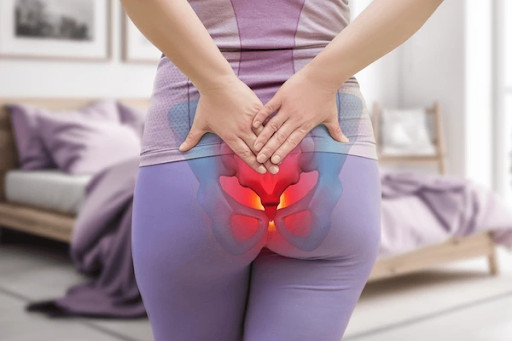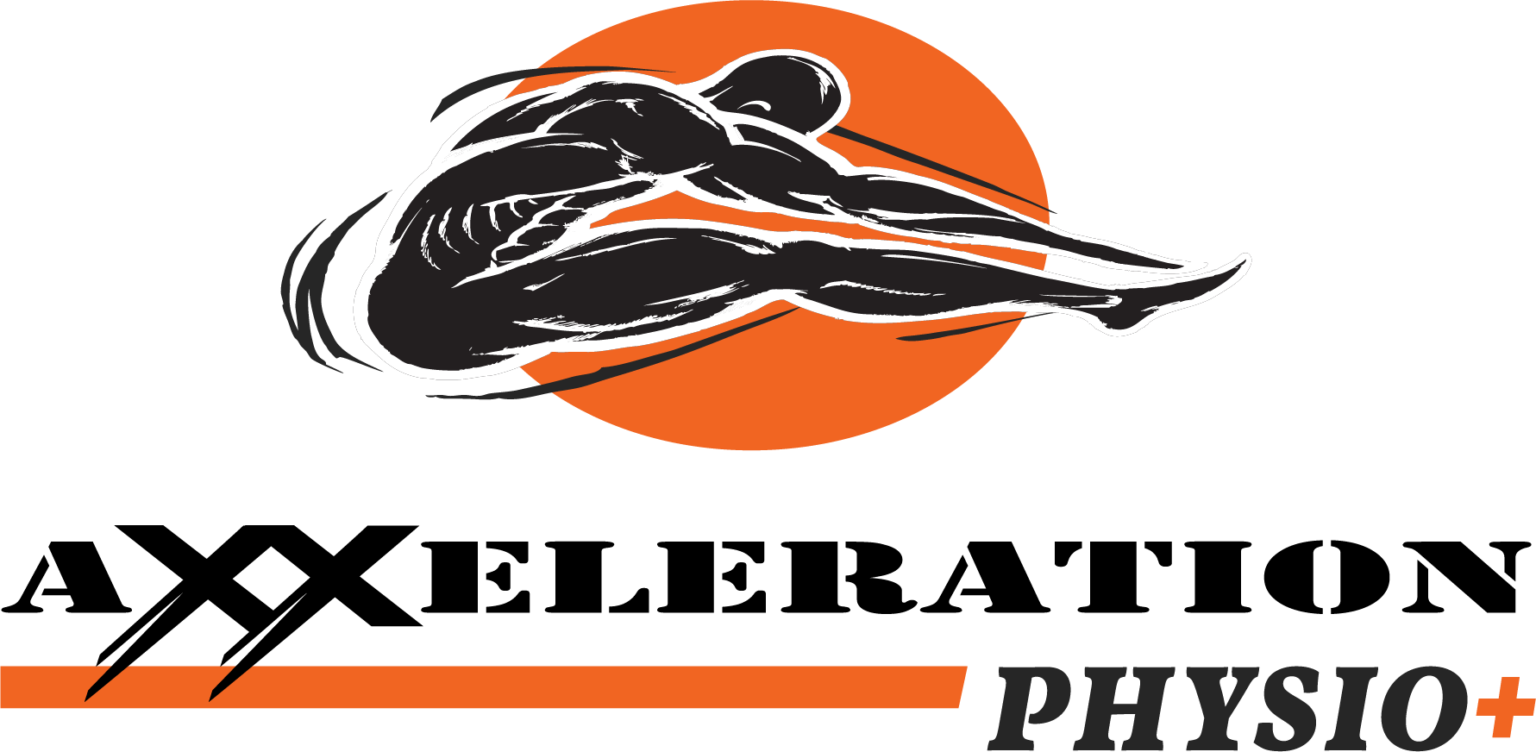Post-activation potentiation (PAP) is defined as an acute increase in performance following a high-load stimulus, often elicited through the use of heavy strength training exercises. The short-term improvement (5-30 mins) of PAP on jumping performance has been extensively studied over the past two decades (1).
Lately, it has been shown that a large proportion of the physiological and neuromuscular adaptations following a PAP strength training protocol could have a positive impact on athletic performance for several hours or even days following the PAP session (2).
In contrast, PAPE (terminology used in the performance approach) was suggested to indicate the enhancement of maximal voluntary (dynamic or isometric) strength, power, or speed following a conditioning contraction. Recent research has linked these long-term neural adaptations to post-activation performance enhancement (PAPE) (3).
These studies have displayed that strength can be positively affected by transient changes induced by PAPE in the ability to produce force, as well as by long-lasting adaptations such as an increase in voluntary activation, increased motor unit recruitment, and an increase in the rate of force development (RFD) (4).
Furthermore, complex training (CT), or the use of contrast loading (heavy loading /slow movement vs light loading /fast movement) to elicit acute enhancements in power output, force production (PAP response) and RFD is the most popular method used by strength and conditioning (S&C) coaches.
Previous studies that have investigated the use of CT training protocols that included a strength movement followed immediately by a biomechanically similar power movement have demonstrated significant improvements in jumping performance and short sprint speed, whereas others found no such change in performance 3 to 12 mins after the training protocol (5).
To my knowledge, only two studies have used CT training to induce PAPE in ice hockey players (6,7). Matthews et al. reported a 2.6% (±0.04%) decrease in the 25-m ice sprint time 4 minutes after performing a heavy resisted sprint. Lagrange et al. assessed repeated 40-meter on-ice sprints performed 6 hours after a CT training protocol.
They reported a significant decrease in total sprint time (-4.1% ±0.6%), and an increase in both total mean sprint speed (4.3% ± 0.8%) and first 40-meter sprint speed (5.5% ± 0.8%) when compared to the control group (29). In ice hockey, RFD is considered one of the most important factors to develop during strength training sessions in order to improve skating speed.
Previous research has shown that maximal strength and RFD can be improved through PAP methods. Thus, the annual periodization of a strength training program and the use of CT training protocols in order to increase ice-hockey game performance must be well embedded into the team annual and seasonal calendars in order to allow players to optimize their performance.
Here is an example of Pre-Game training to elicit PAPE in moderate to advanced lifters.

For more in depth information on the subject you can read my research paper ”The Optimal Time Window for Complex Training in order to increase repeated sprint ability in professional Ice hockey players”
REFERENCE
(1) Wilson JM, Duncan NM, Marin PJ, Brown LE, Loenneke JP, Wilson SM, Jo E, Lowery RP, and Ugrinowitsch C. Meta-analysis of postactivation potentiation and power: effects of conditioning activity, volume, gender, rest periods, and training status. J Strength Cond Res 27: 854- 859, 2013.
(2) Tsoukos A, Veligekas P, Brown LE, Terzis G, and Bogdanis GC. Delayed Effects of a Low-Volume, Power-Type Resistance Exercise Session on Explosive Performance. J Strength Cond Res 32: 643-650, 2018.
(3) Blazevich AJ and Babault N. Post-activation Potentiation (PAP) versus Post-activation Performance Enhancement (PAPE) in Humans: Historical Perspective, Underlying Mechanisms, and Current Issues. Frontiers in physiology 10: 1359, 2019.
(4) Verkhoshansky Y, Siff MC, and Yessis M. Supertraining. Verkhoshansky, 2009: Verkhoshansky, 2009
(5) Scott SL and Docherty D. Acute effects of heavy preloading on vertical and horizontal jump performance. J Strength Cond Res 18: 201-205, 2004.
(6) Matthews MJ, Comfort P, and Crebin R. Complex training in ice hockey: the effects of a heavy resisted sprint on subsequent ice-hockey sprint performance. J Strength Cond Res 24: 2883-2887, 2010.
(7) Lagrange S, Ferland P-M, Leone M, and Comtois A-S. Contrast Training Generates Post-Activation Potentiation and Improves Repeated Sprint Ability in Elite Ice Hockey Players. International Journal of Exercise Science 13: 183- 196, 2020.









